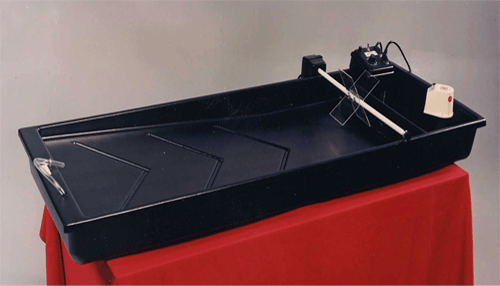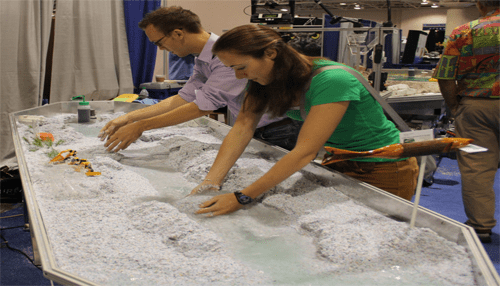Rivers are complex bodies of water flowing and shaping the terrain that surrounds them. A stream table is a great way to understand the dynamics of river water. They have been used at various academic levels to help students learn about rivers, the surrounding landscape, and the factors that shape the landforms around them.
stream tables have been used as an academic tool since the early 1940s. They allow students to alter the factors that influence the stream at a substrate, climate, topographical level, and base level. These are some of the river water dynamics that stream tables can help understand.
The Necessity to Monitor Stream Behavior
Monitoring and predicting stream behavior can provide vital data to make strategic landscape decisions. It can influence decisions such as placement of bridge piers, housing settlements, agricultural ventures, and setting up of industries.
The dynamic nature of rivers impacts the surrounding areas. We need to make sure that all the necessary precautions are in place before the regions surrounding the river are used for any purpose. Their size makes monitoring and predicting difficult. A stream table is a scaled-down version of the river and allows students to study its dynamics in real life.
Rivers – A Fluvial Network
Rivers are dynamic water bodies that flow from higher elevations to lower ones. Throughout their journey, they create a complex fluvial network. This network shapes the landscape around the river at different levels. They also impact the aquatic and riparian habitats. The energy in the river is dissipated through erosion, turbulence, riffles, the roughness of channel bends, sediment formation and transportation, ice, and transport of debris.
A Stream table allows students to understand each of these factors due to changes in one or multiple variables, such as climate, topography, or human intervention.
Climatic Effect
The effect of climate on the river can be studied using stream tables. During high-flow stages, rivers become a raging body of water, and during low-flow stages, they meander sluggishly through the landscape. It helps the student to observe the effect of climate on the flow of water. It also helps predict the likelihood of flooding.
Topographical Effect
The topography of a location is the arrangement of natural features and the use of land in that region. It has a significant impact on the flow and quality of water. Factors such as animal waste, industrial pollution, domestic pollution, and agricultural runoff greatly influence the quality of water. Stream tables also help to understand how environmental and human variables can impact the quality of water in the river.
Aquatic Life and Habitat
The quality of water influences the aquatic life in and around the river. Stream tables are instrumental in understanding the aquatic vegetation and animal species likely to form habitats in and around the stream.
Sediment Transportation
Rivers carry dust and debris of all shapes and sizes. When the flow is high, the more massive particles are also moved along the base of the river. When the tide is low, only the lighter particles move along with the water. They deposit this sediment and debris along their coast. This shapes the landscape of the area and allows the prediction of floods in low-lying areas.
Stream tables have made it possible to manipulate the different factors that influence the river. They allow the study of river dynamics by adjusting one or many variables. They are an excellent tool for students to understand the functioning of a river.




